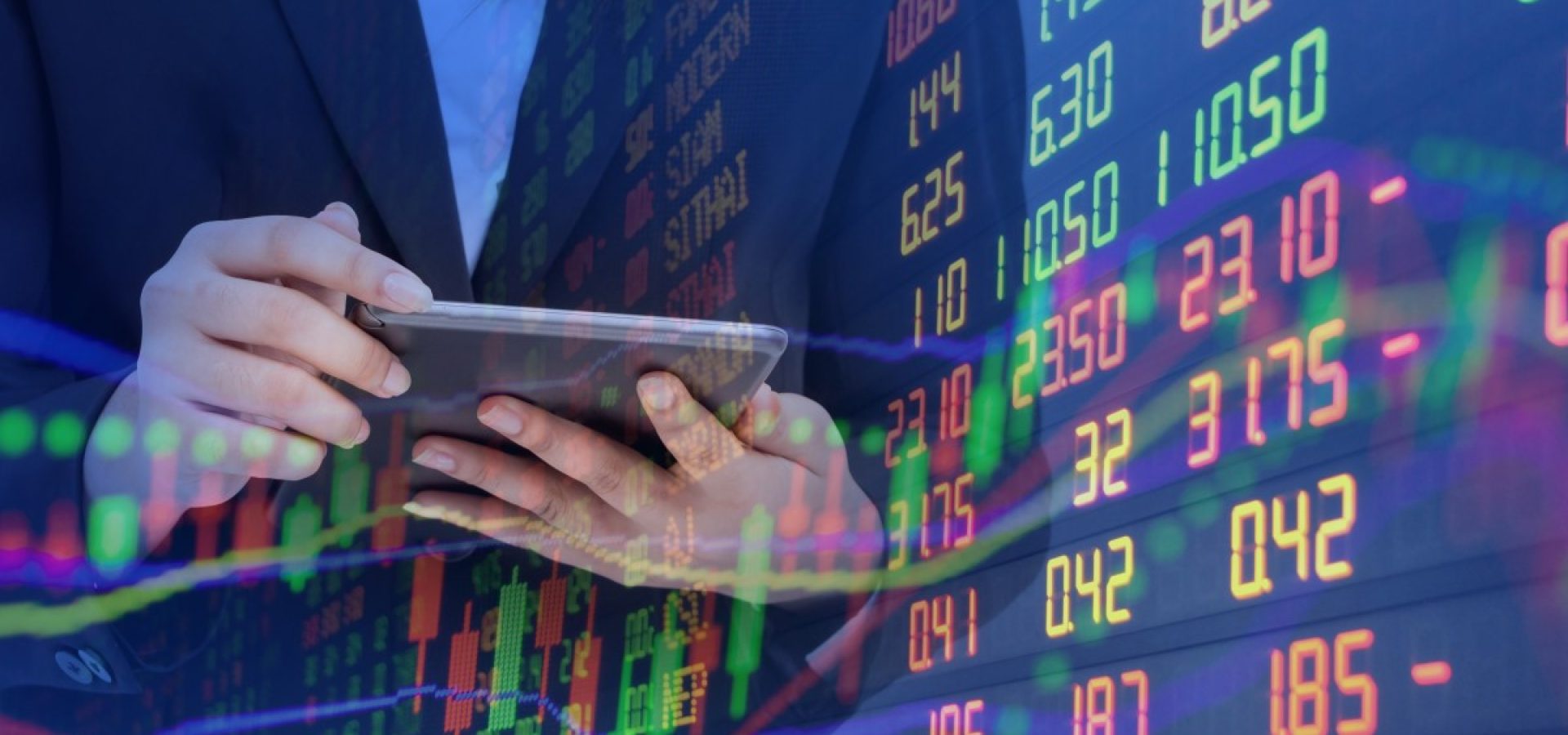Large banks constitute a large number of transactions in the currency market, but how exactly do they do it?
How do these large financial institutions trade, and what goals do they hope to achieve through these institutions?
Can understanding their strategies and long-term goals help small traders such as retail traders find profitable strategies?
These are the most common questions when it comes to banks trading in Forex, so let’s answer and analyze if average traders can benefit from their strategies.
What are the major differences between the banks and retail traders?
Smart currency traders or institutional traders such as banks have the following characteristics:
- Their transaction volume is hundreds of millions, which is why they are market drivers.
- They are long-term. They will not trade in a short period but will trade weekly or monthly.
Ordinary traders will not be as extravagant as trading with millions of dollars, nor will they have the confidence to stay in the market for a long time. However, they can act in response to changes in banks and other market drivers.
Of course, it is impossible to do exactly like these institutions because ordinary individual traders cannot influence the market through their trading decisions.
The goal of understanding how big banks conduct foreign exchange transactions is not to allow you to take exactly the same measures but to calibrate your next step knowing that the bank’s specific positions can send market trends up or down.
How do banks trade in Forex?
Big bank traders do not have complicated trading systems. They mainly adhere to the primary driving forces of the market-sentiment analysis, fundamental analysis, and technical analysis.
News events are powerful price drivers, and most of the transactions conducted by traders at major banks take advantage of these events.
When these moments occur, a lot of attention will be paid to time accurately to take advantage of the resulting price changes.
Bank’s trading strategy
Institutional traders’ trading decisions can be divided into three different stages, as described in the Dow Jones theory.
Before we continue to introduce the three-stage strategy that banks follow in foreign exchange transactions, let us briefly discuss Dow Theory. This is a time-tested technical analysis developed by the founder of the Wall Street Journal, Dow Jones, and co-founder Charles Dow.
Dow Theory looks at the bigger picture. Traders who follow it ignore the daily fluctuations of foreign exchange rates but predict major trends.
Charles Dow believes that stocks follow trends, and trends have patterns that traders can study to determine the market’s direction. One of its three fundamental principles states that the stock market follows trends, and it is assumed that trends will continue until there is evidence that they have reversed.
Now back to the discussion: How do banks trade foreign exchange? They proceed in the following stages:
Accumulate
Smart currency traders set up positions by buying and selling small amounts during the accumulation phase. They will not trade all the money at once because this can completely turn the market towards their target direction. They do it very slowly, and the fewer tips they give, the better.
This phase usually occurs when the downtrend is about to end. The outlook is pessimistic, prices are slow, and many retail traders are selling. However, banks are buying. This temporarily caused prices to fall, making the accumulation phase a good time for retail foreign exchange traders to enter the market.
Manipulate
Banks can manipulate the market, and they can do it when the market enters the integration phase. Many retail traders keep their positions above or below the consolidation zone in response to any new trends. However, if they move prematurely and bite the bait of a false breakout, they may go completely against the market trend and remove their stop loss.
Distribute
So far, the intentions of these institutions are no longer a mystery. The market shows an upward trend, and retail traders see it as a signal to continue buying currency. One thing to note, though: Banks usually sell when everyone else is buying and buy when everyone else is selling. The distribution stage is another positioning period, so retail traders should pay attention to the next trend.
Bottom line
If you want to master foreign exchange trading and do it well enough to make it your primary source of income, then understanding foreign exchange banking trading strategies is just the first of many steps.
Average traders might not entirely use banks’ trading strategies, but they can learn what to observe and consider. Bank’s actions are usually the main influence on the market, and monitoring their behavior and updates might become highly beneficial for every forex trader.









COMMENTS